Part of the fun in traveling is undoubtedly figuring it out on your own, but India is one of those places that can still be chaotic and overwhelming even if you’re already fully prepared. After spending 28 days traveling throughout nine different cities in the north of the country, I’ve found that if you’re already aware of the following tips you’ll eliminate much of the frustration.
First Thing’s First. How Much Money Do You Really Need?
One of the most amazing things about traveling in India is that once you get yourself there, you can live daily for next to nothing. The two biggest expenses for your trip will undoubtedly be the flight over and your accommodation and that will vary greatly from person to person. But once you’ve settled those two expenses, you’ll find that you can get by spending very little on everyday things like meals, sightseeing and ground transport. It’s pretty awesome. Here’s a breakdown of how much I spent on average each day over the course of 28 days, flights, travel insurance and accommodation not included.
Food/Drinks: $14
It might be helpful to note that the food became so heavy that I started eating only two meals a day at one point, so if you absolutely need three meals a day or tend to eat more, then you may want to increase this average slightly. We ate at a mix of casual and nicer restaurants but we were definitely not 5-star dining every day. But this average also includes beers!
Ground Transport: $2
This includes transport on buses, trains, tuk tuks and a few private cars all shared with several people, so this average will be more if you’re planning to travel alone.
Activities/Sightseeing: $7
This average includes a loaded schedule of sites and activities. If you end up spending more than this per day on temples, forts, entertainment etc I will be seriously impressed!
Souvenirs: $7
This number is so high because I bought one $200 cashmere blanket in addition to a few other small items, so if you plan to come home sans souvenirs you can get your daily total average down closer to $20 a day!
Toiletries: $1
This was necessary as I was traveling for a month so needed to reload on a few items. This may or may not apply to you.
Total Daily Average: $31 (crazy, right?)
One final note: You can definitely do India for even cheaper, but I was not super tight with my budget as I wanted to see and experience everything. If your budget is even tighter I wouldn’t worry. What I spent is a good middle-of-the-road average for the budget traveler and you can definitely visit for less!
The Tipping System
There are three different potential charges on any restaurant bill in India, which can be incredibly confusing if you don’t understand what’s what. Value Added Tax (VAT) and Service Tax should always be on your check, but Service Tax isn’t actually a tip for service, despite how it sounds. Service Charge, however, is an added amount that actually benefits the servers and some establishments will include it on the bill while others won’t. Always look to see if Service Charge is listed on your bill and if it’s not, feel free to add an additional 10% as a tip.
When taking quick rickshaws from one location to another around a city, tipping is not expected. However, if taking a hired car to sites for the day or for airport transfers a small tip is recommended.
Also – avoid tipping in coins. Some people in India will find it offensive to receive a tip in small coins, so try to leave tips in bills wherever possible.
Always Carry Cash and Small Bills
Over the course of my month in India I only used my credit card a handful of times as many professional establishments in India still only accept cash. It’s also generally safer to use cash here to protect yourself from credit card fraud.
I was also surprised to find that many places would not have change for bills as small as 500 rupees ($7.50 in US dollars), which sounds completely insane to a Westerner but is pretty typical while traveling through India. If you get stuck with an ATM machine that spits out 1000 rupee notes (which I still don’t understand since no one takes them), then see if your hotel will break them for you before heading out for the day.
Don’t Freak Out if the ATM Doesn’t Work the First Time
Just go to another one. I’m not a banker or a financial whiz, so I can’t explain to you the reasoning behind this, but all I know is that your ATM card will most likely work at some cash machines and not work at others. Don’t freak out and spend copious amounts of money on international calls trying to contact your bank. Just try a different ATM first. I would recommend getting cash out earlier rather than later in the day as some ATMs will run out of money — and if you’re traveling to India during any holidays, make sure to stock up on rupees before the holiday hits.
Patience is the Key to Dining in India
Bringing your Western service standards with you to India is the kiss of death. It is completely normal for one person at a table to receive their meal, finish it entirely and lick the plate before another person sees a glimpse of their food. Know this beforehand and roll with the punches, or just share all dishes with your group and pretend you’ve ordered a four-course meal!
Cameras Come With a Fee
This isn’t true of all sites in India, but many places will charge an additional price for bringing your camera inside. This can range from 50 rupees (like at the Monkey Temple in Jaipur) to 250 rupees (City Palace in Jaipur). This charge may even apply to your iPhone in some cases and will be even pricier for video equipment. If you’re on a strict budget, make sure to leave the camera at the hotel or at least take measures to hide it properly from view as these charges can definitely add up.
Don’t Be Intimidated by Intense Security Measures
One thing I wasn’t fully expecting before my arrival in India was the seemingly over-zealous level of security especially in large cities like Delhi. Beyond intense security regimens at the airport, you’ll often have to go through x-ray machines in the metro, and will notice this heightened level of security at various tourist spots, major hotels and even shopping areas. While as Westerners we’re used to this level of surveillance in the immediate wake of a major security breach, these safety measures in India are mostly a result of terrorist attacks in 2008, so view them as extra protection rather than intimidation.
Bring Copies of Your Passport
Every institution that provides housing for foreigners (hotels, hostels, hospitals, etc) are required to submit a Form-C within 24 hours of a guest’s arrival which helps the government track visitors’ comings and goings. Thus it is completely normal — and in fact required — for your accommodation to get copies of your passport upon your arrival. To ease this process and ensure you don’t leave your passport on the hotel copy machine on accident, make enough copies beforehand for each of your planned accommodations.
Mastering Train Travel
Sleeper trains are an inexpensive and fun way to travel the long distances necessary to get to and from some of the major cities in North India (they serve chai onboard!). But there’s a different measurement of time in this country, something which our group came to lovingly call “India time.” See dining point above. This also applies to train travel and thus requires additional concentration when boarding and exiting passenger trains.
I often found that trains were relatively on time to depart but could vary in hours (yes, you read that right) in their arrival time to a destination. Since train conductors do not announce the next stop in India (please note I did not take first class trains), you are often left up to your own devices to figure out when to get off, and since the time schedule is often unexpected you can’t rely on that. When I asked my friend Madan who is from India how people in this case know when to depart the train, his solution was brilliantly simple: talk to people. So there you have it. Luckily English is widely spoken in India.
Avoiding the Infamous Delhi Belly
This is almost a moot point as one person could take all precautions and still come down with varying levels of a stomach bug. It really is a crapshoot (pun entirely intended), and some level of discomfort is almost inevitable. The goal here is really to stay Delhi Belly-free for enough days so that your trip isn’t completely ruined. Here are precautions that I would take if this is a major concern for you.
- Make hand sanitizer your new best friend. Apply regularly and definitely before all meals.
- Eat mostly vegetarian. Vegetarian food is easy to come by in India and you won’t feel like you’re skimping on taste by going meatless. Just make sure that if you do order meat that it’s a clean restaurant and cut it first to check that it’s cooked through. I’m not one to say no to street meat, but just know that there will most likely be a price to pay, and it may not be worth it for those mere minutes of deliciousness.
- Probiotics. I took these for a week leading up to my trip and almost every day while I was there and was relatively unscathed over the course of the month. Look for the non-refrigerated variety at your local grocery or drug store.
- Don’t drink the water. Bottled water is so cheap in India that there’s no reason to not buy it, but I also love LifeStraw’s water bottle that comes with a filter inside. You’ll hear rumors that some vendors refill water bottles, so pouring bottled water into your own filtered water bottle will provide double protection.
What to Wear
This is one topic that I agonized over before packing for my trip and I honestly found dress codes to be a bit more relaxed than I had anticipated based on my research. The general rule of thumb for women is that legs down to the knees should be covered as well as shoulders (t-shirts are fine). This is definitely necessary at all religious sites out of respect, but other than that I found that your level of coverage will depend on your level of comfort with unwanted attention.
If you decide to wear a tank top and shorts I assure you that you’ll stick out like a sore thumb and attract plenty of stares. On the other hand, I found that packing all of my baggiest clothing wasn’t entirely necessary. In more Westernized areas like Udaipur and Delhi, jeans although tight are fine and a tighter shirt as long as your cleavage isn’t hanging out will be just fine. However, if you are a woman traveling alone I would err on the side of conservative.
The verdict: Make sure you dress more modestly than normal, but don’t go out and buy a whole new wardrobe just because you don’t own hammer pants.
Don’t Plan on Driving
Driving in India is truly an art. One of the first things you’ll notice upon arriving is that there seem to be no rules of the road. Cars will drive in both directions in the same lane, cows will roam free on the streets (or just find themselves a nice sunny spot directly in everyone’s path and stay put), traffic lights are few and far between and vehicles will come within inches of each other on a second-by-second basis. Despite all this, accidents rarely seem to occur. Why? Because Indians are used to driving like this. Westerners… not so much. To save yourself some major stress, I would rely on the local driving experts here and not attempt to do so yourself.
Embrace the Tuk Tuk
If you’ve never been to Asia, then you’re first tuk tuk ride is bound to be a memorable one–albeit slightly terrifying. I’ve come to love the open air 3-wheelers, but they can take some getting used to. Some things to know beforehand: all prices are on a per tuk tuk basis, so the more people you can squeeze in, the cheaper the ride. It’s not uncommon for a tuk tuk driver’s friend to hitch a ride in the front seat, so if suddenly you have a new friend join know that this is typical. However if you’re a woman traveling alone and this makes you uncomfortable, don’t be afraid to say no to the additional company. Last word to the wise: If transporting your luggage or any bags in the back of the tuk tuk, look for one with a closed back awning to protect your stuff from getting snagged. This isn’t common but it’s better to be safe than sorry.
Protect Yourself From Pollution
If at some point during your trip you start to feel a sore throat coming on, know that it’s more likely due to air pollution and dirt than a respiratory infection. Having a scarf in India is not only helpful for covering up shoulders, but it can be great for providing face coverage when in particularly dusty or polluted areas. With that said, it can be excessively hot in India, so make sure it’s a light scarf. Also, pre-planning for this and bringing along any medication or throat drops with you from the start will save you time and pain later on.
You’ll Have to Resist the Urge to Help
Undoubtedly one of the most challenging aspects of traveling to India is staring extreme poverty in the face. There are beggars on every street corner and many are children which makes the matter even more heartbreaking. The sad truth is that many of those asking for money are part of a larger people trafficking organization and thus the beggars themselves won’t actually pocket all of the money you give them. It’s a vicious cycle that will only continue unless the system no longer works, which means that the biggest way you can help is by not offering up your rupees. It will be hard, but just remember that you are helping the system improve in the long run.
This same point goes for stray dogs as you’ll see them everywhere. I am a dog lover back home, and one of the hardest things for me was resisting the urge to pet and love on the dogs in India. You have no idea where they’ve been, what kinds of diseases they could be carrying and you probably don’t want to find out.
English is Everywhere
I generally think it’s important to learn a few phrases of the local language in a country you are visiting, but it’s a bit different in India. Many people don’t realize that English is widely spoken here. In fact, there are so many languages and dialects spoken across India that English is a common means of communication between Indians who come from various parts of the country and wouldn’t be able to communicate otherwise. Of course you could learn a few phrases in Hindi before visiting but don’t assume that everyone will speak it.
Carry TP At All Times
Saving the sexiest topic for last as always. If you’ve done any research for your upcoming trip, you’ve probably heard by now that bathrooms in India are not consistent, which means that being prepared (especially for the ladies) is key. Unless you’re staying in luxury hotels, eating at luxury restaurants and taking luxury transportation you’re going to come across the hole in the ground, no TP in sight kind of restrooms on the regular so it’s better to be safe than sorry.
RELATED: An India Bucket List for Photographers
Have any questions or tips I forgot? Leave me a note in the comments below!

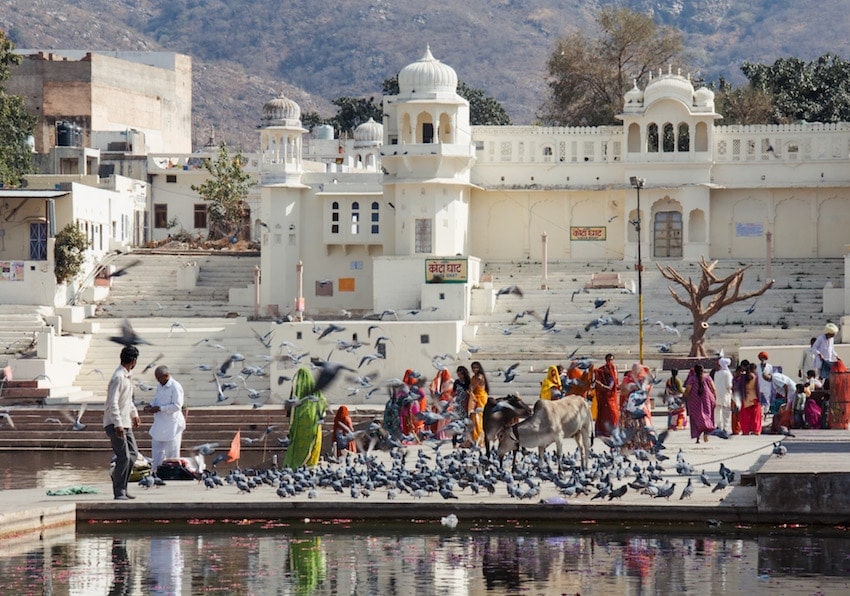
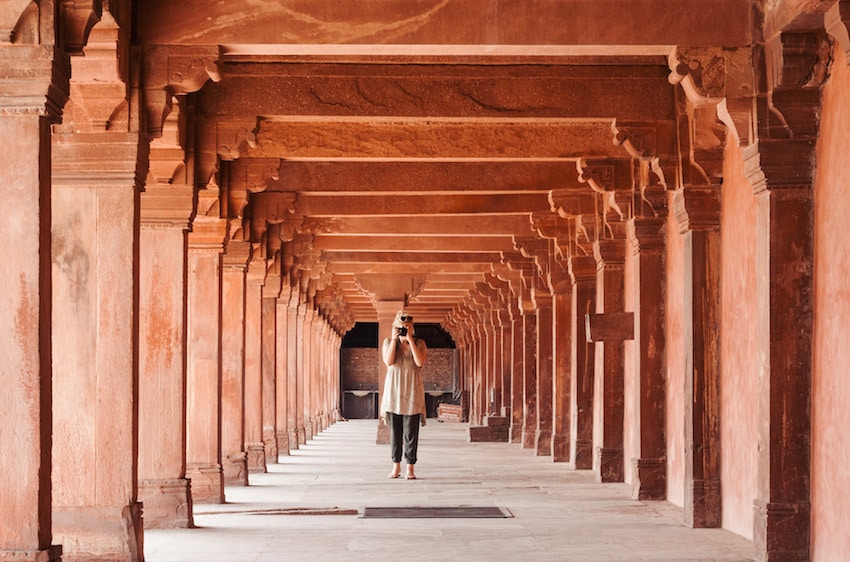
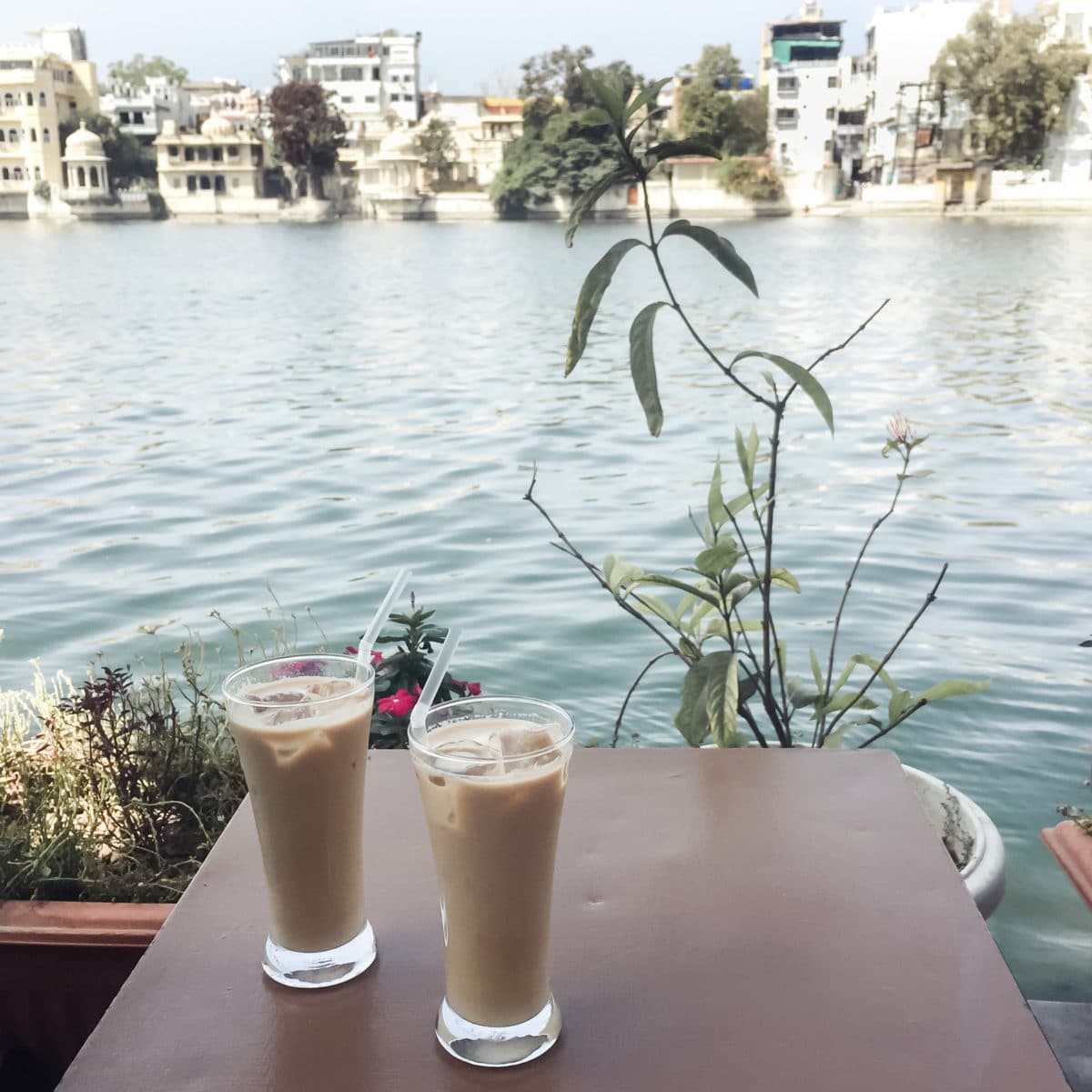
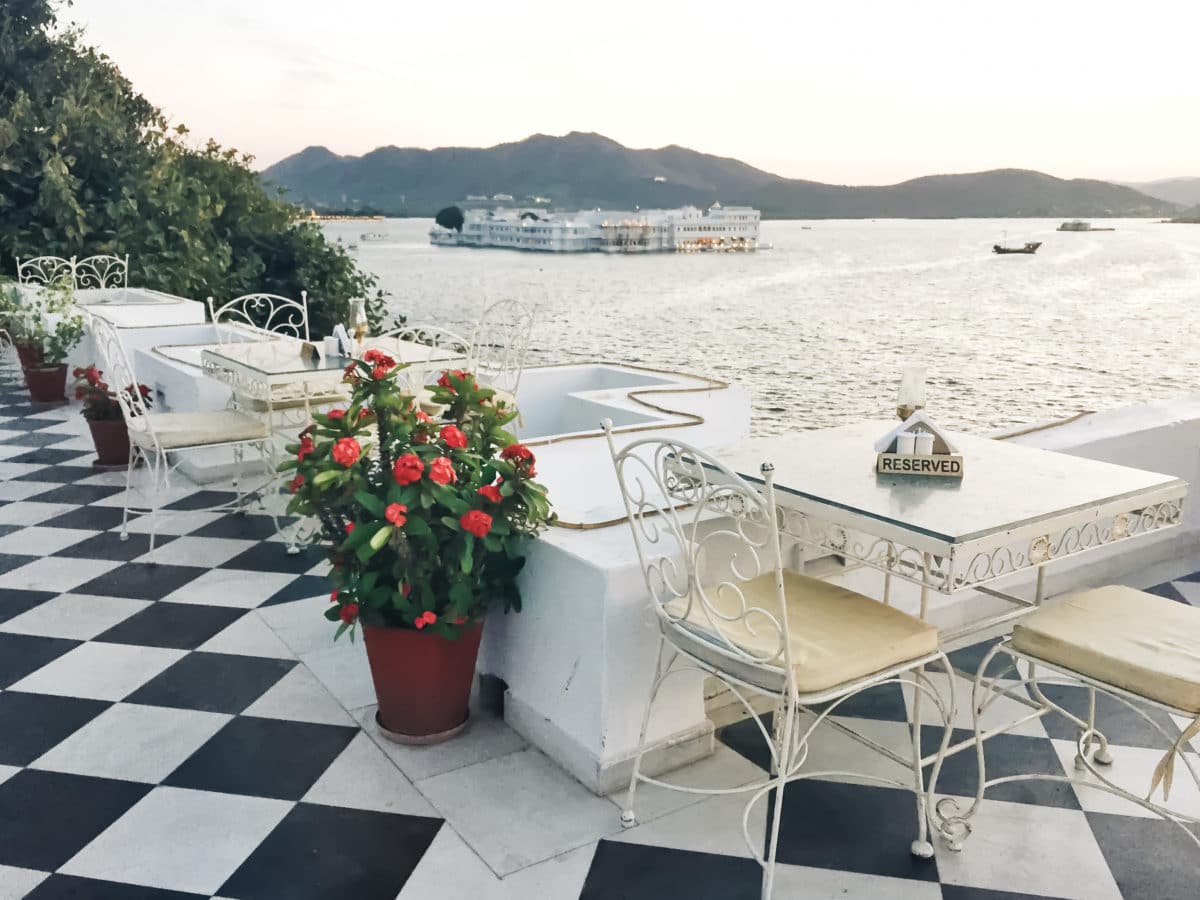
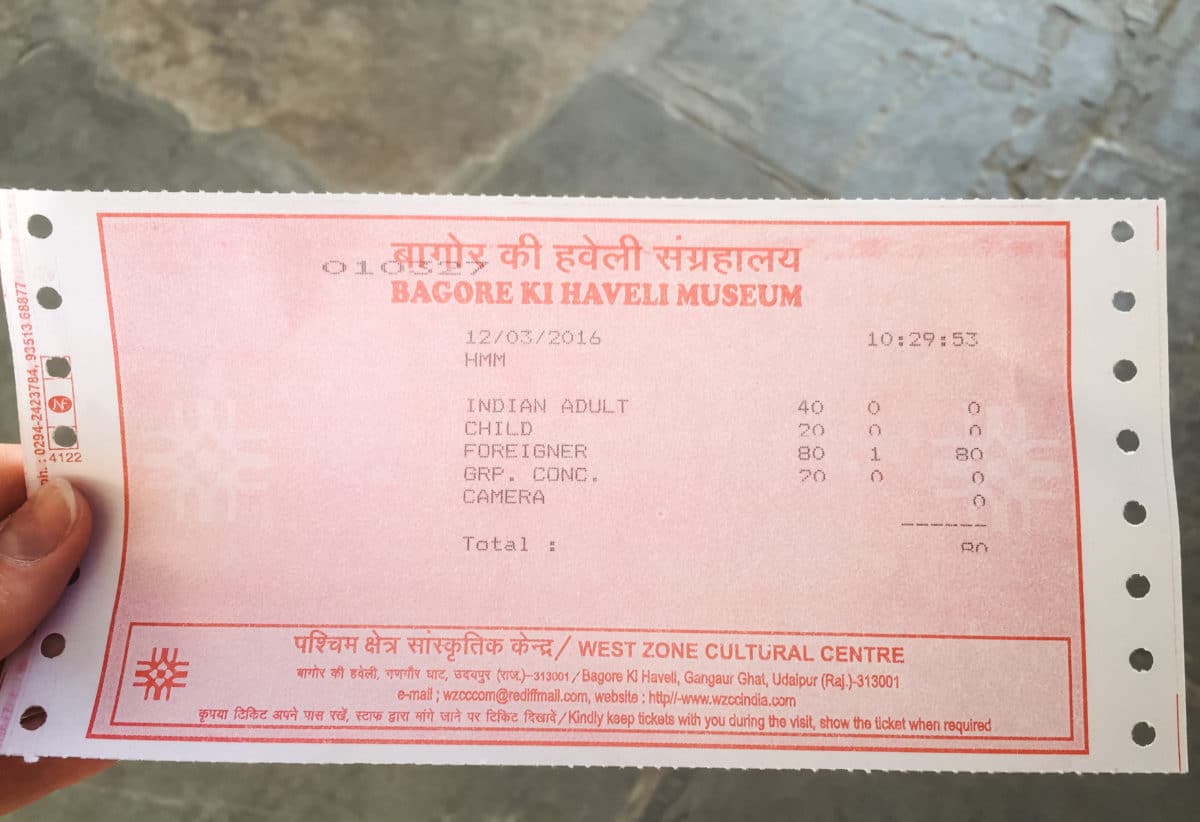
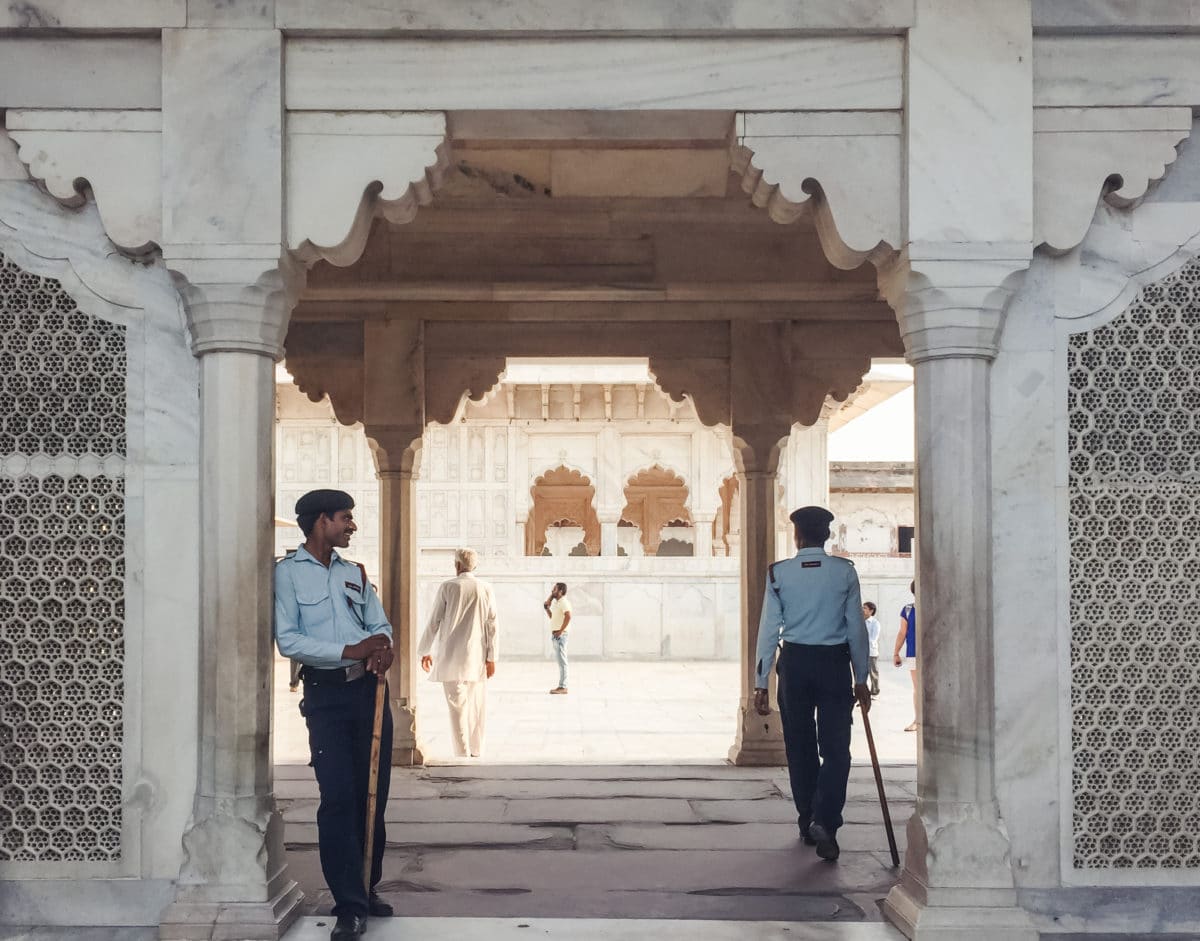
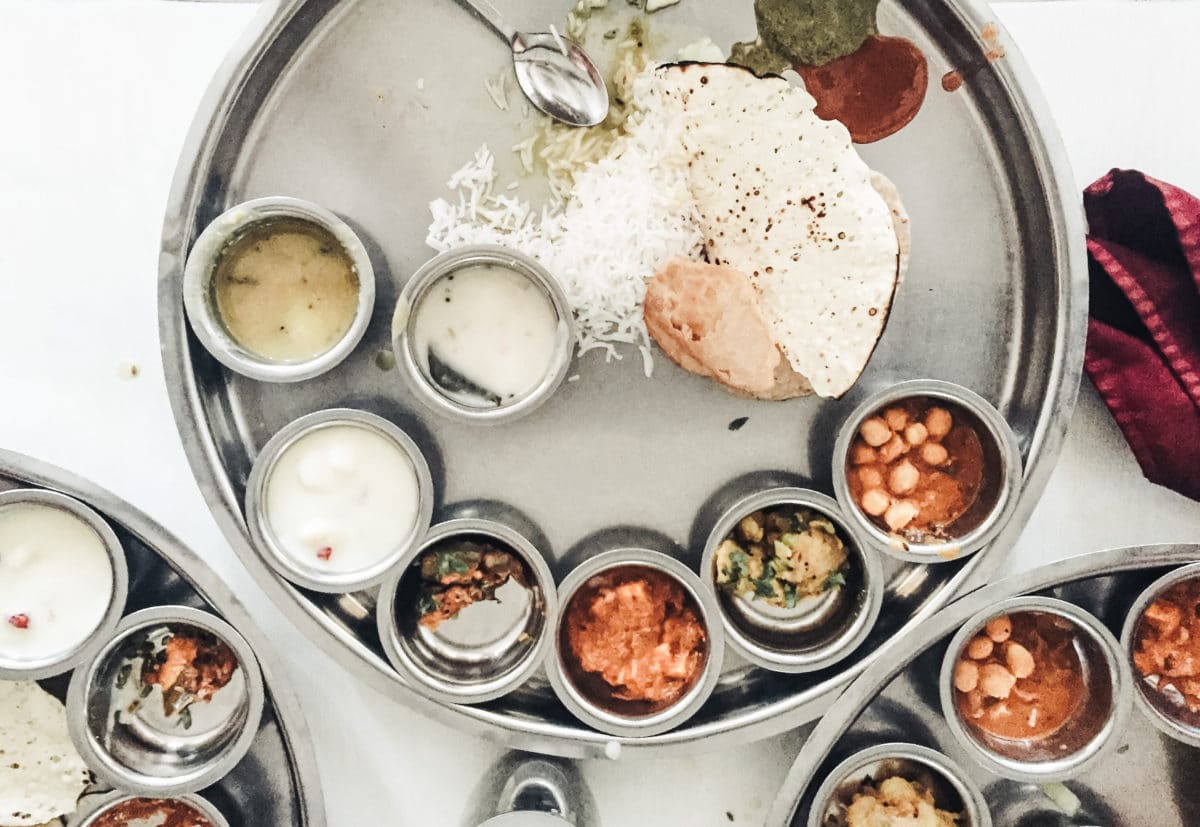
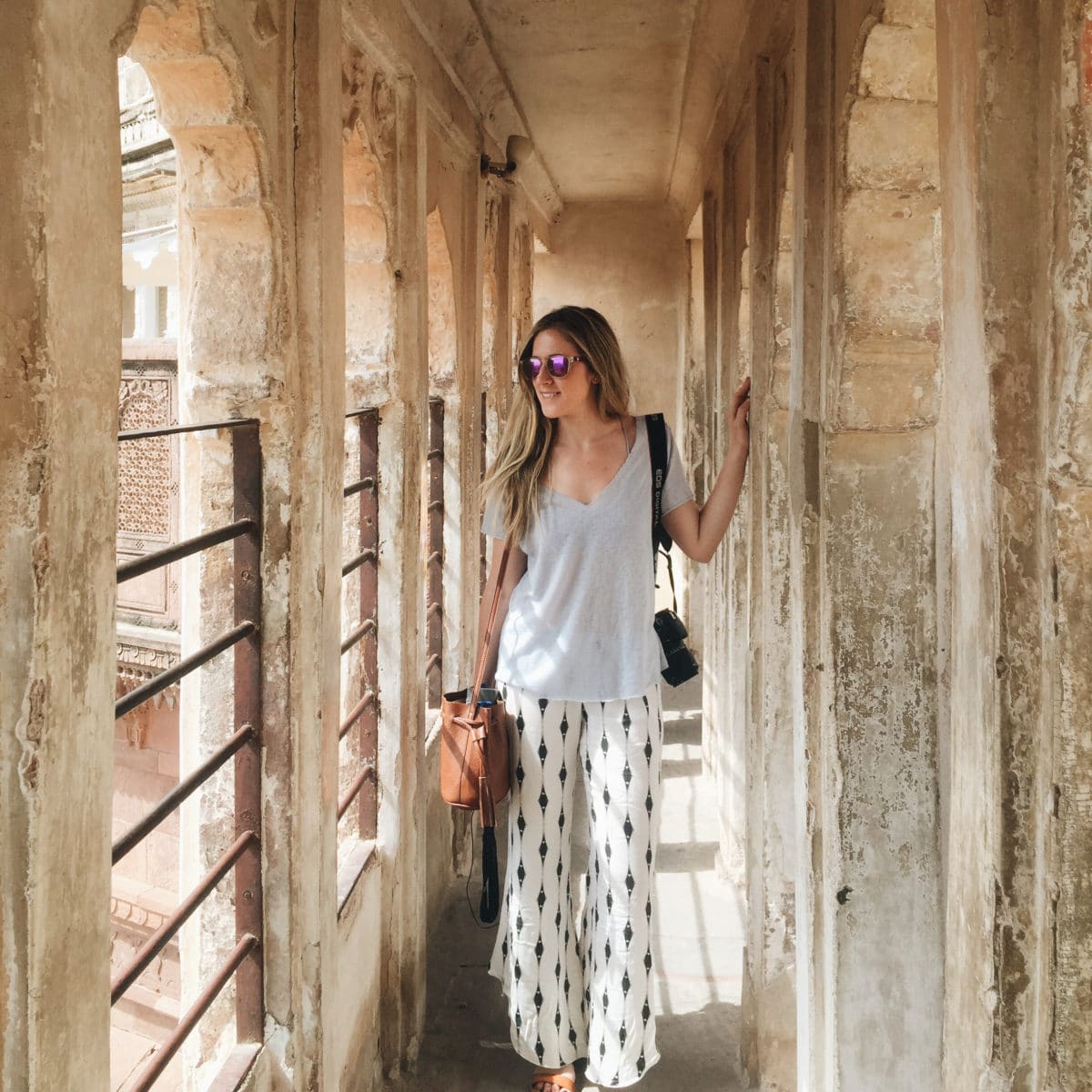
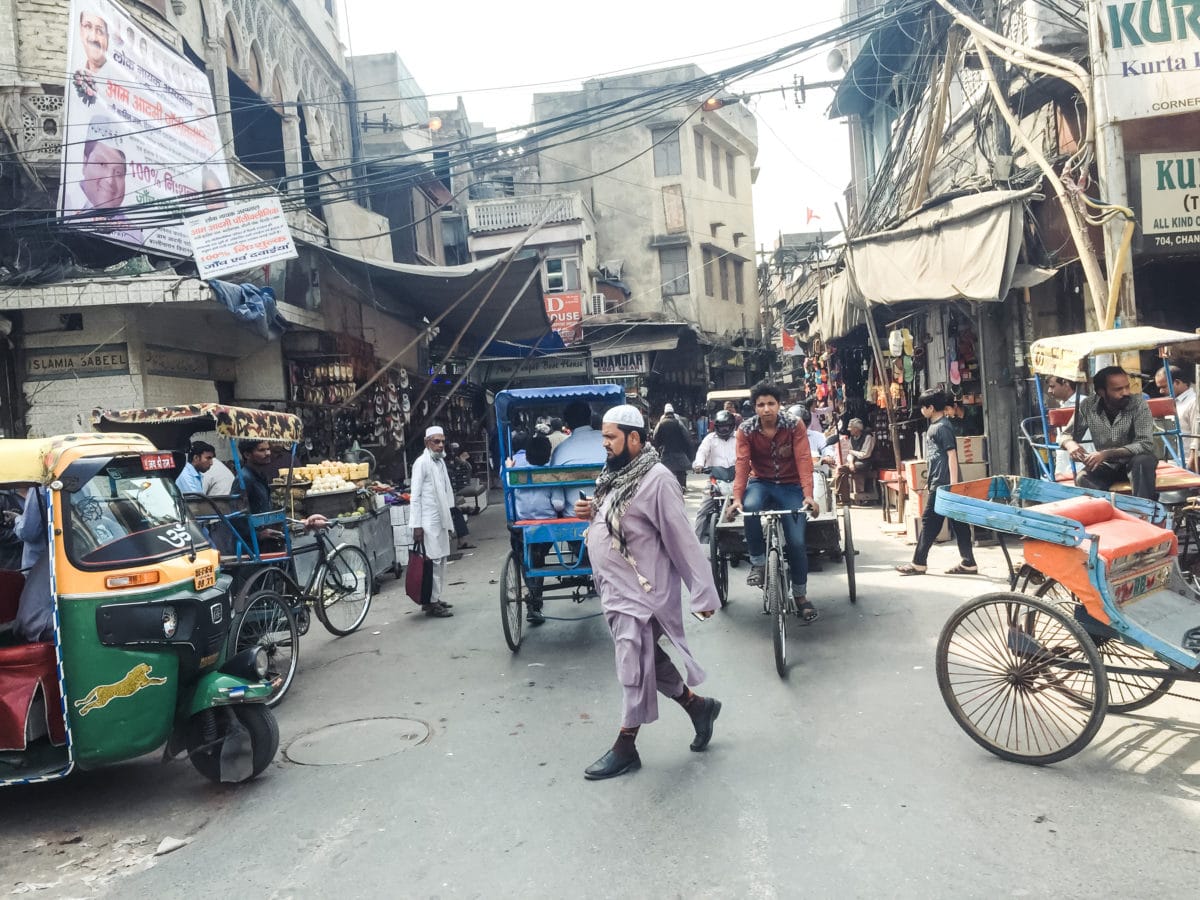
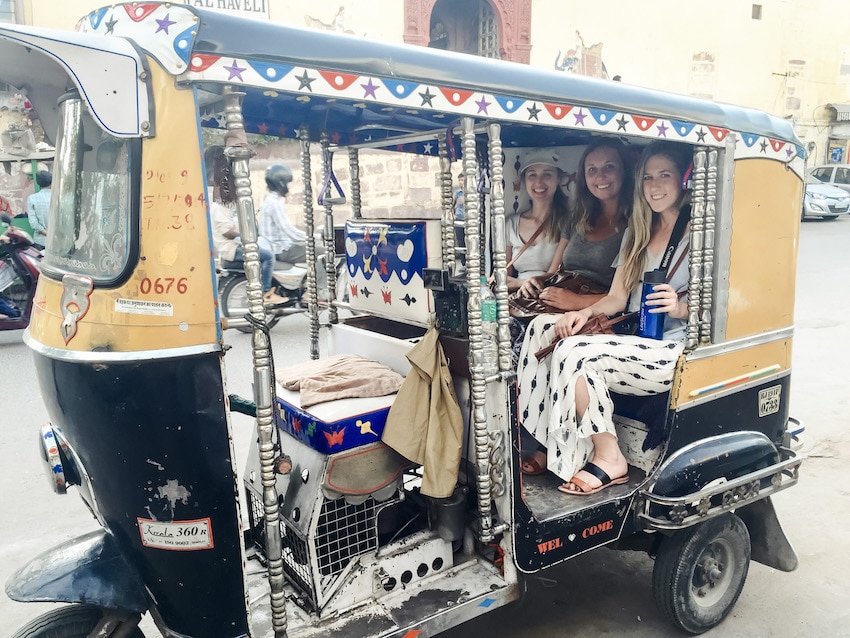
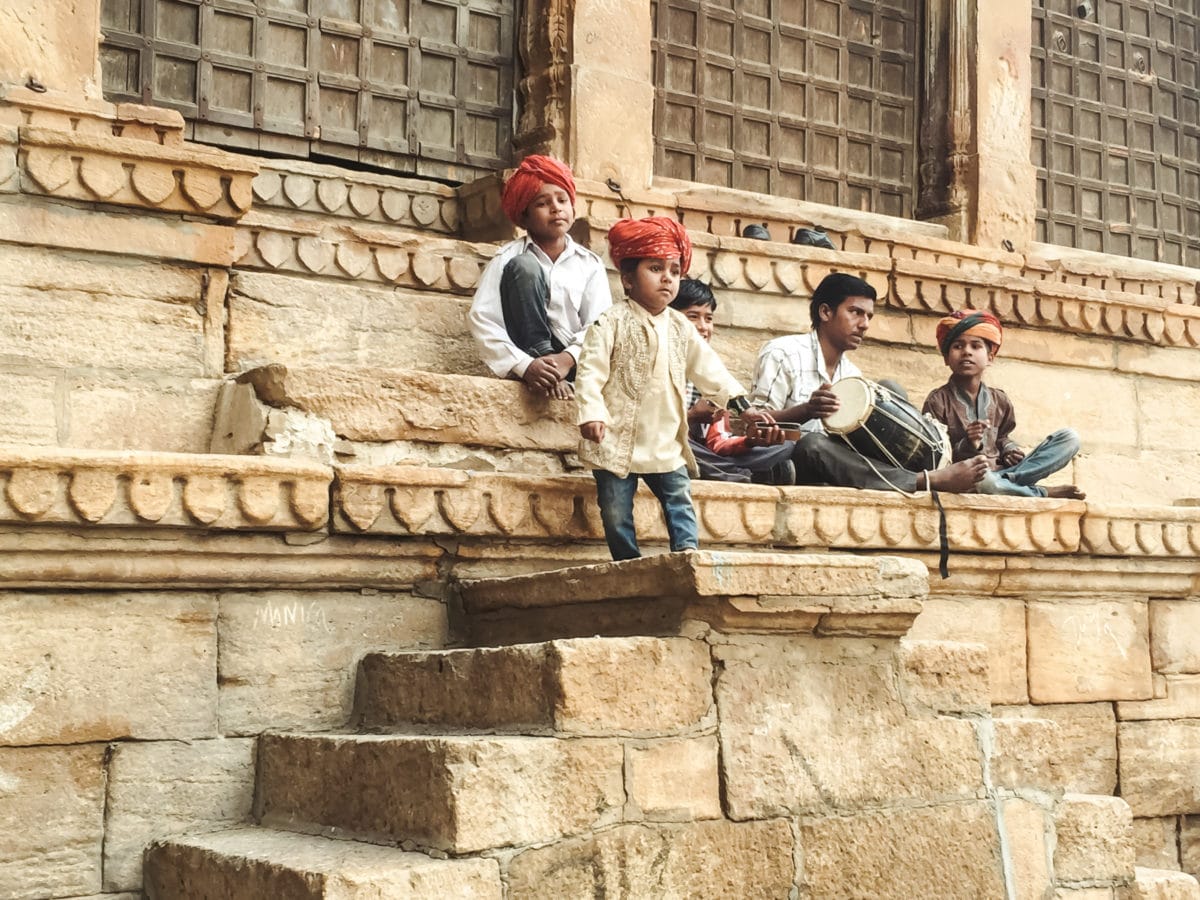
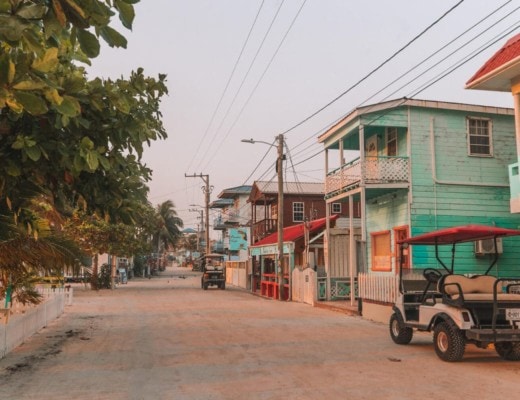

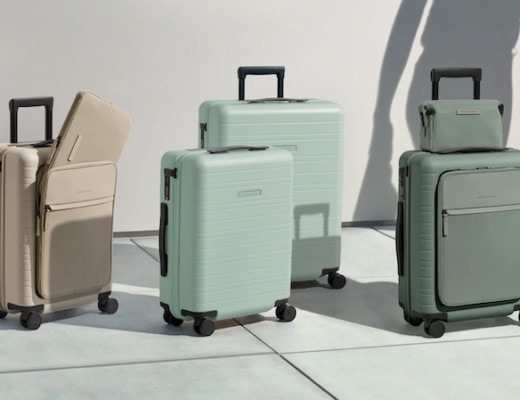

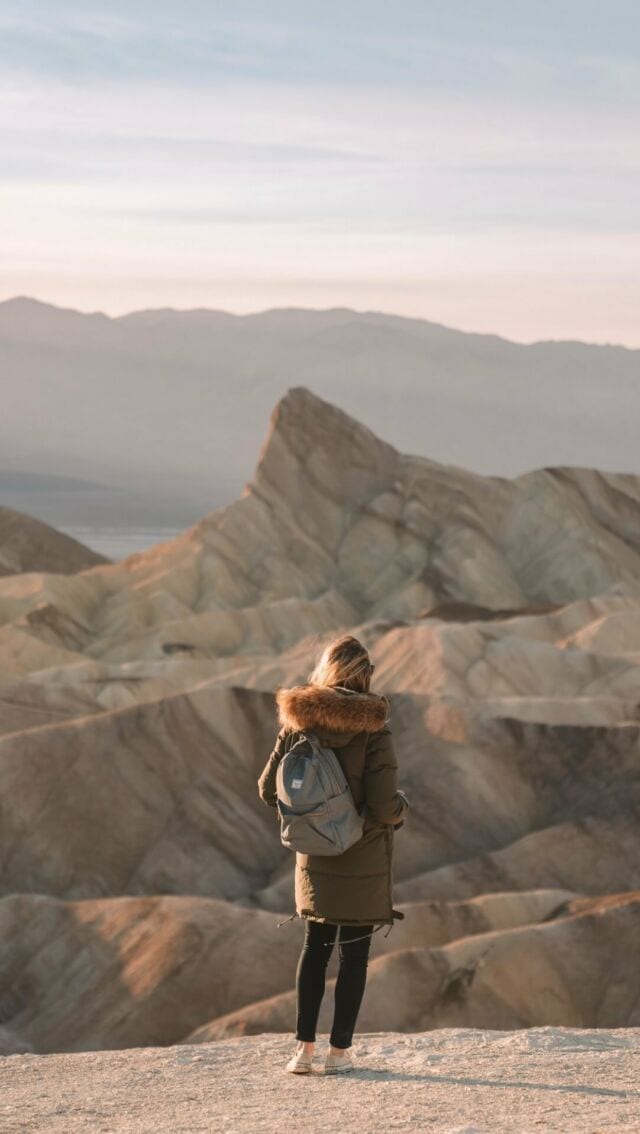
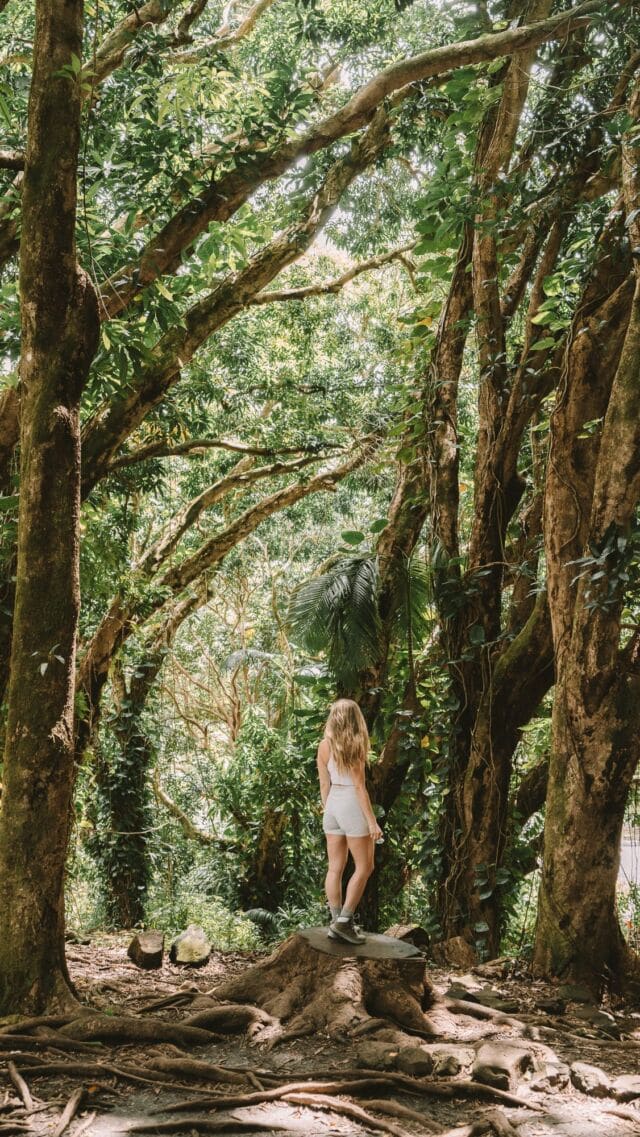
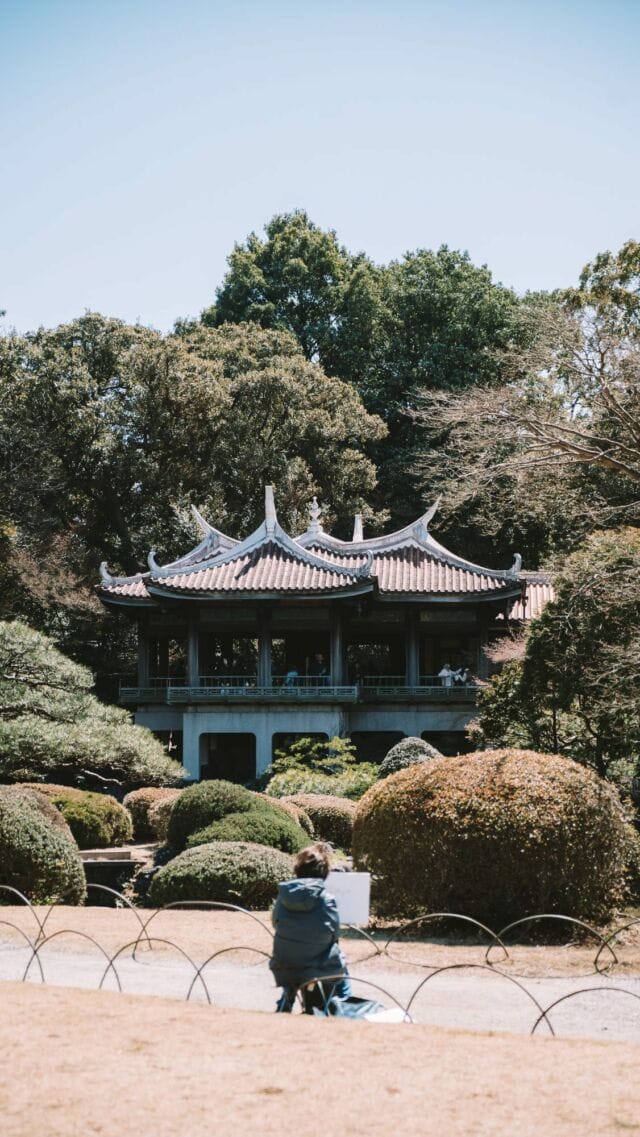
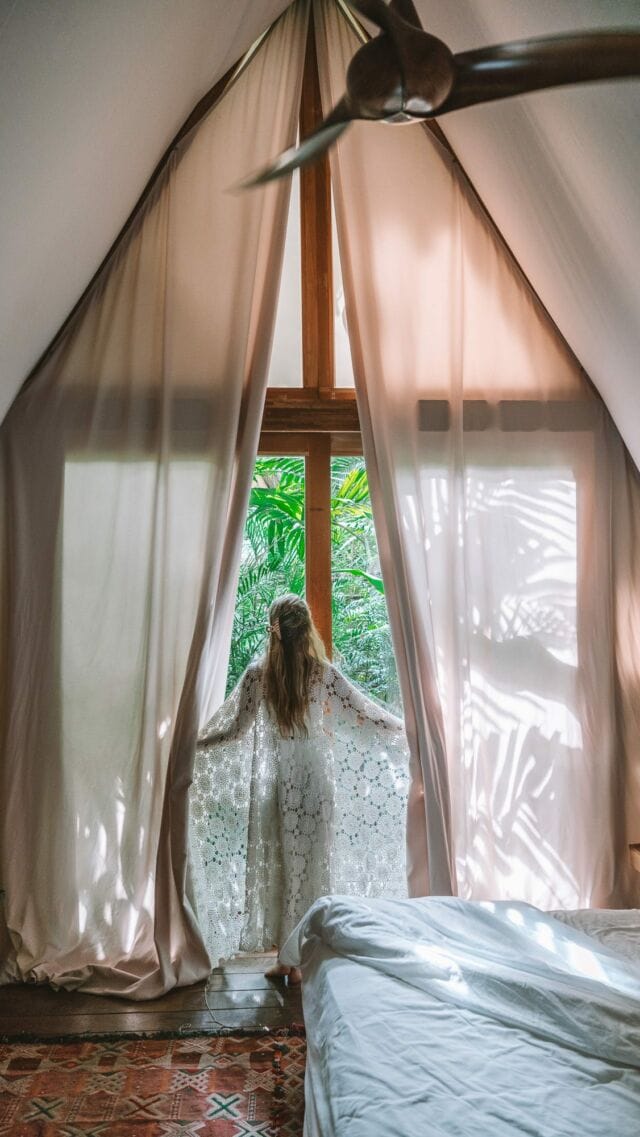

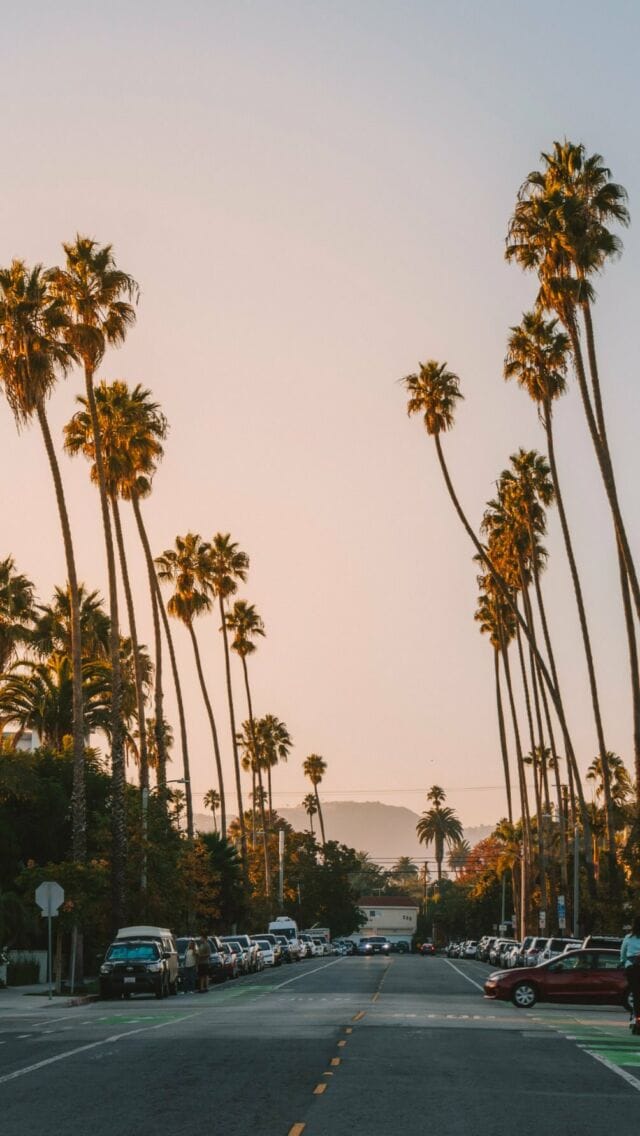
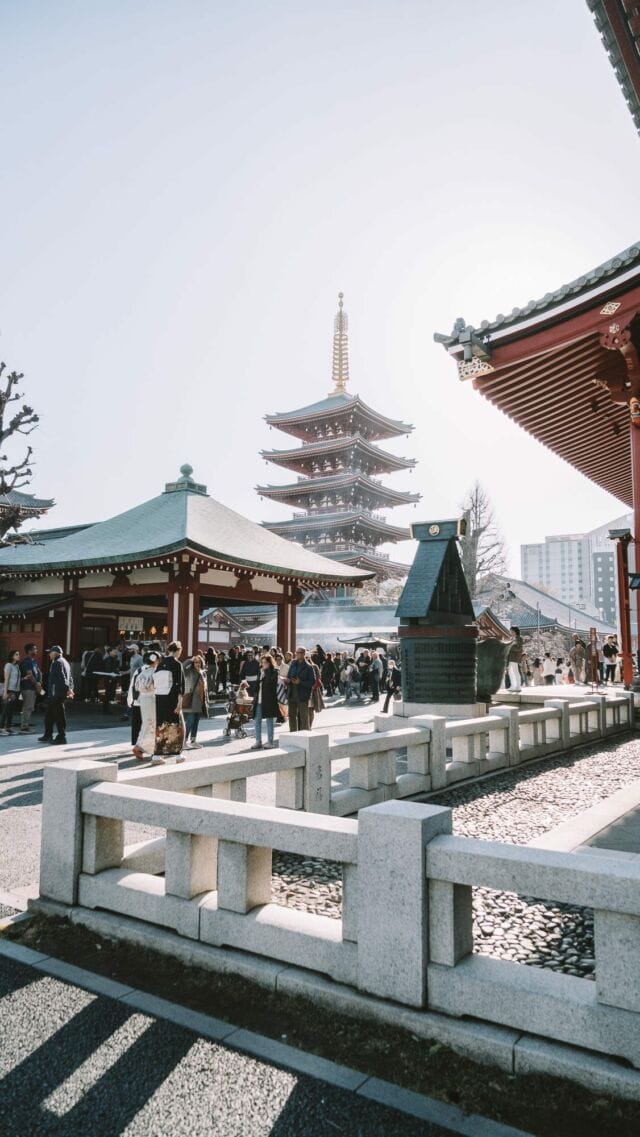
No Comments